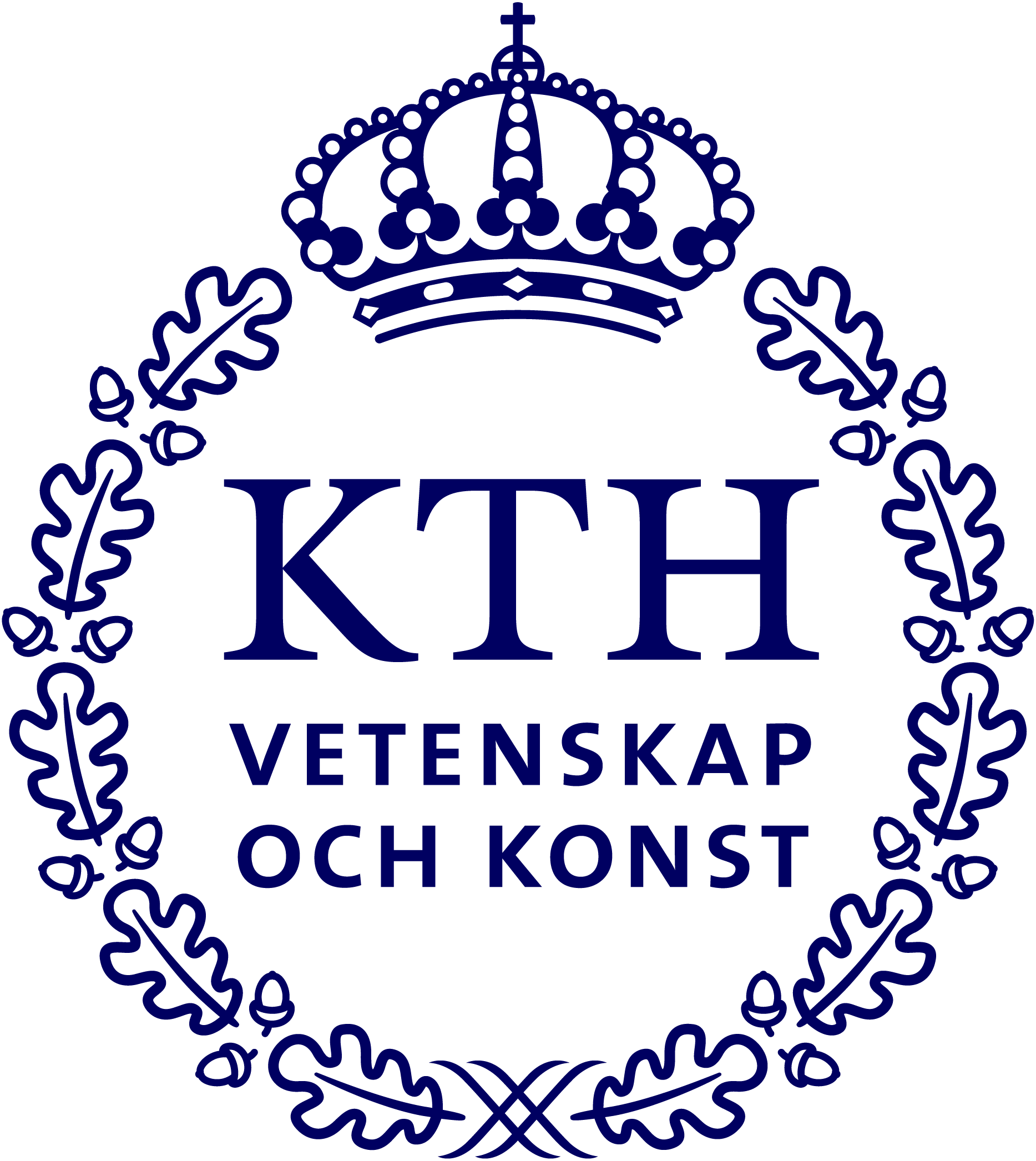DIRAC: DynamIc uRban roAd traffiC noise simulation model using passive and publicly available data
Objective
The project aims to model and predict the dynamic urban road traffic noise by integrating the data-driven microscopic traffic simulation and instantaneous noise emission and propagation models. It will use passive traffic and publicly available built environment data to demonstrate a high-fidelity dynamic traffic noise simulator with geographic information system (GIS) tools to predict and visualize noise levels at a time scale and geographic granularity previously unattained.
The DIRAC model and tool will pave the way for complex, dynamic urban road traffic noise modeling using passive traffic data, bridge the digital and physical urban world, and support ongoing efforts and collaborative decision-making of noise mitigation measures for a livable and healthy city, particularly for the growing demand of urban mobility for both people and goods in cities.

Background
Noise pollution is increasingly considered a major environmental issue in urban areas, with rapid urbanization (projected to reach 68% of the world’s population by 2050) in the context of the growing demand for mobility for people and goods in cities. It is recognized as a major cause of public health concerns, e.g., annoyance, sleep disturbance, other health effects (e.g., depression, anxiety, and mood swings), and decreased productivity. In particular, road traffic is deemed the major noise source in urban areas. Some 125 million people in the EU (32% of the total population) are estimated to be exposed to harmful traffic noise levels.
Several initiatives have, therefore, followed the European Noise Directive, mandating the development of urban noise maps. However, strategic noise maps exhibit strong limitations in view of noise exposure mitigation measures: long-time (yearly) averages based on traffic flow, static representations, source-rather than receiver-centric, and non-representative of transitioning vehicle fleet. They are limited in modeling and predicting fluctuations of noise levels over time under planning and management interventions, yet they are a fundamental tool to address specific dimensions of human health effects.
Built on the multidisciplinary team’s expertise and project in traffic simulation and traffic noise modeling, the DIRAC project aims to develop and demonstrate a high-fidelity road traffic noise simulation model in urban areas empowered by ubiquitous passive traffic and open-source data and Digital Twin models. For this, data-driven models work in parallel with real-life measurements to reproduce findings and predict the results of response actions. The models are agent-based (ABM) and open-source, enabling city stakeholders to recognize their roles and management models for informative decision-making of noise mitigation measures toward more livable and healthy cities.
Crossdisciplinary collaboration
The researchers in the team represent the KTH School of Architecture and Built Environment (ABE), Civil and Architectural Engineering Department, Transport Planning Division and KTH School of Engineering Science (SCI), Engineering Mechanics Department, The Marcus Wallenberg Laboratory for Sound and Vibration Research. The project is supported by strategic research partners at the KTH Center of Traffic Research (CTR), VTI (Swedish National Road and Transport Research Institute), Linköping University, and the University of Tartu.
Watch the recorded presentation at the Digitalize in Stockholm 2023 event:
Contacts

Zhenliang Ma
Assistant Professor in Traffic Engineering, Division of Transport Planning at KTH, ABE School, PI of project DIRAC: DynamIc uRban roAd traffiC noise simulation model using passive and publicly available data, Co-PI of project cAIMBER: Causal Artificial Intelligence for Human Mobility Behavior Analysis Using Trajectory Data, Digital Futures Faculty
+46 8 790 48 14zhema@kth.se

Romain Rumpler
Associate Professor in Engineering Acoustics, Marcus Wallenberg Laboratory for Sound and Vibration Research (MWL) at KTH SCI School, PI of project GEOMETRIC: GEO-based Multi-layer Environmental Modelling of Urban TRaffIC, Co-PI of project DIRAC: DynamIc uRban roAd traffiC noise simulation model using passive and publicly available data
+46 73 461 24 97rumpler@kth.se


